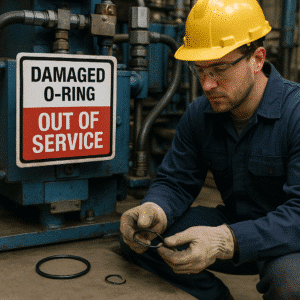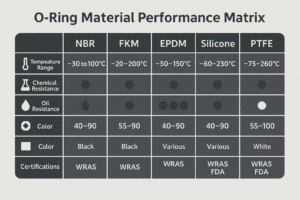Are your hydraulic cylinders struggling with seal wear, leakage, or poor response? These common failures often trace back to underperforming seals—not cylinder design.
The MPS piston seal for hydraulic systems offers bidirectional sealing, high-pressure resistance up to 345 bar, and reduced friction—making it a superior choice over standard seals in 2025.
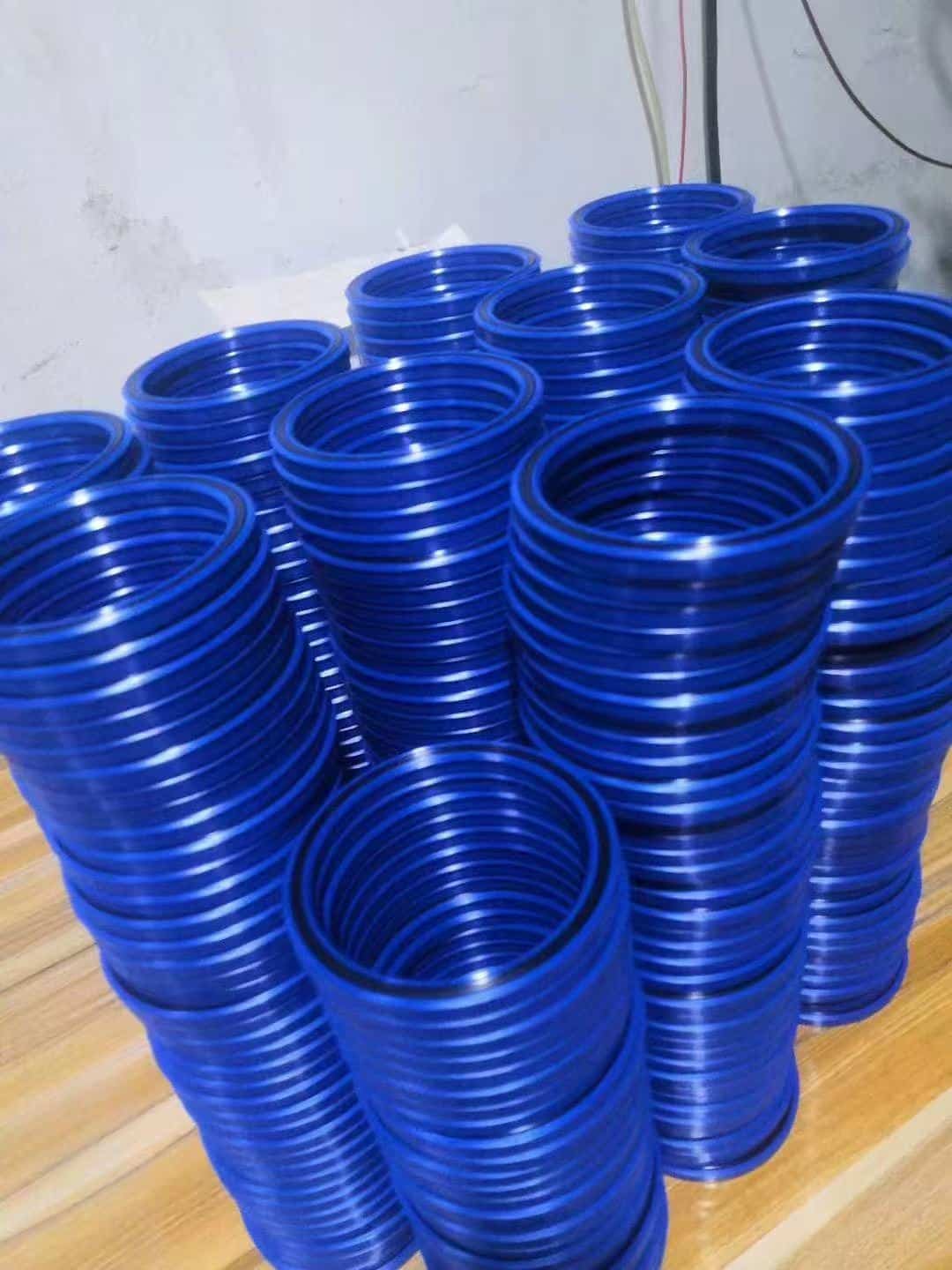
In this guide, I’ll walk you through why MPS piston seals are ideal for hydraulic systems, how to select the right one, and how they outperform traditional sealing options.
What makes the MPS piston seal ideal for hydraulic cylinder performance?
Hydraulic systems demand strong, low-leakage seals that withstand pressure and side-load forces. MPS seals meet these demands with a unique energized lip design.
The MPS piston seal features a polyurethane or PTFE lip energized by an O-ring or X-ring, ensuring constant wall contact and minimal fluid bypass.
How MPS piston seals optimize hydraulic performance
Let’s compare key features that affect seal behavior in hydraulic systems:
| Besonderheit | MPS Piston Seal for Hydraulics | Standard Hydraulic Seal |
|---|---|---|
| Druckbewertung | Up to 345 bar | 200–250 bar |
| Sealing Direction | Bidirectional | Often unidirectional |
| Lip Support | Energized by O-ring/X-ring | Passive |
| Stroke Compatibility | Short to medium | Medium to long |
| Friction Coefficient | Low (with PTFE or PU) | Mäßig |
In a hydraulic press retrofit, replacing old U-cup seals with Hengoseal’s MPS piston seals extended service intervals by 3×, thanks to reduced heat and fluid loss.
How do MPS piston seals reduce leakage in hydraulic cylinders?
Seal leakage can damage hydraulic efficiency and contaminate systems. MPS seals prevent this by maintaining tight lip-wall contact, even under cycling pressure.
Their dual-lip profile holds position during retraction and extension, avoiding pressure drop or fluid bypass.
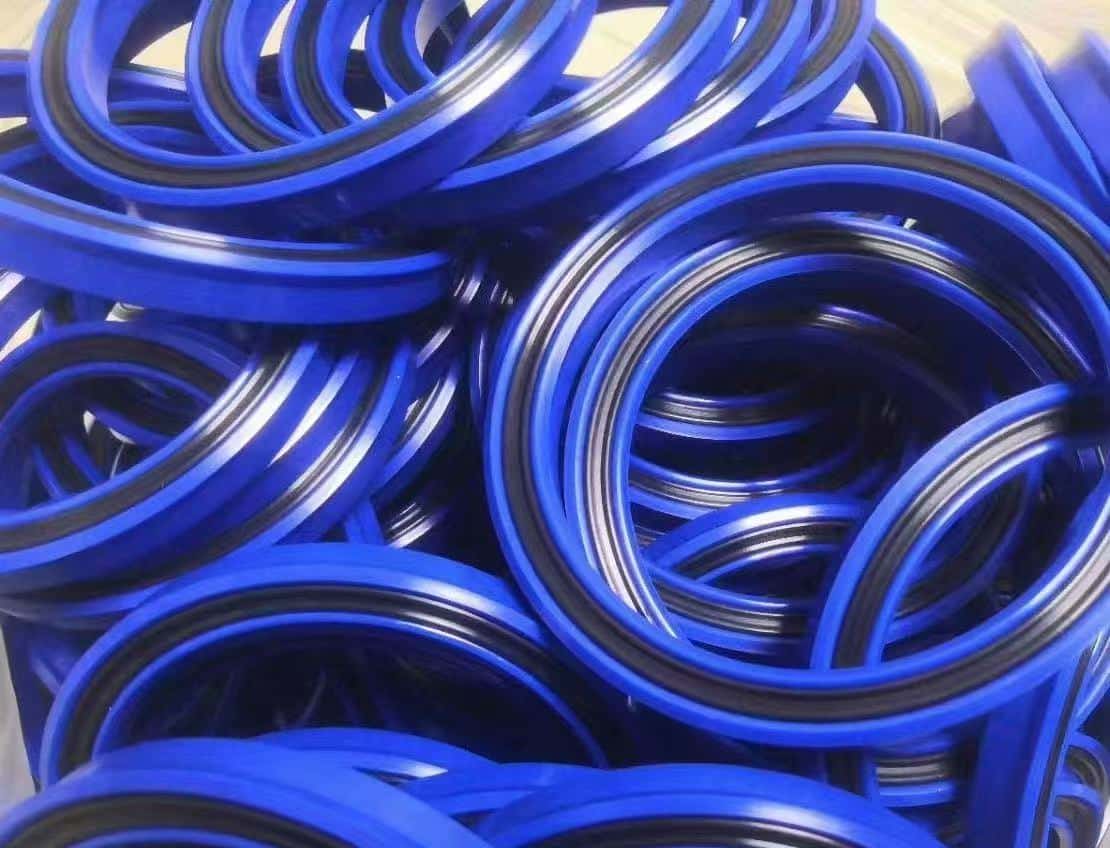
Real-world impact of reduced leakage
A client operating forklift hydraulics switched to MPS seals and reported:
- 30% faster retraction speed
- Zero visible fluid loss over 3 months
- Elimination of side-seepage under 300 bar
The energizer also helps compensate for wear. Unlike passive lip seals, it pushes the sealing lip outward under pressure, preserving contact and preventing drift—especially in high-load scenarios.
What materials are best for MPS piston seals in hydraulic systems?
Hydraulic environments vary—some face heat, others aggressive fluids. Material choice in your MPS seal directly impacts durability and compatibility.
Available materials include PTFE, polyurethane, and energizers made from NBR or FKM.
Match seal material to fluid and temperature
| Material | Temperaturbereich | Ideal Use Case | Chemische Verträglichkeit |
|---|---|---|---|
| PTFE | -40 °F to 230 °F | High-temp, high-pressure hydraulics | Excellent (most fluids) |
| aus PU | -30 °C to 90 °C | Mobile and light-duty cylinders | Moderate (hydraulic oils) |
| NBR | -20 °C to 100 °C | General fluid sealing | Good (oil, water glycol) |
| FKM | -20 °C to 200 °C | High-temp fluid power units | Excellent (acids, fuels) |
In a die-casting unit using hot mineral oil, switching to a PTFE MPS seal with a UN rod seal combo eliminated blistering and extrusion issues that PU couldn’t handle.
How should MPS piston seals be installed in hydraulic applications?
Improper installation is a top cause of early seal failure. Hydraulic cylinders generate edge stress, and poor groove prep or energizer misplacement can ruin even a premium MPS seal.
Correct installation involves groove conditioning, alignment, and controlled compression.
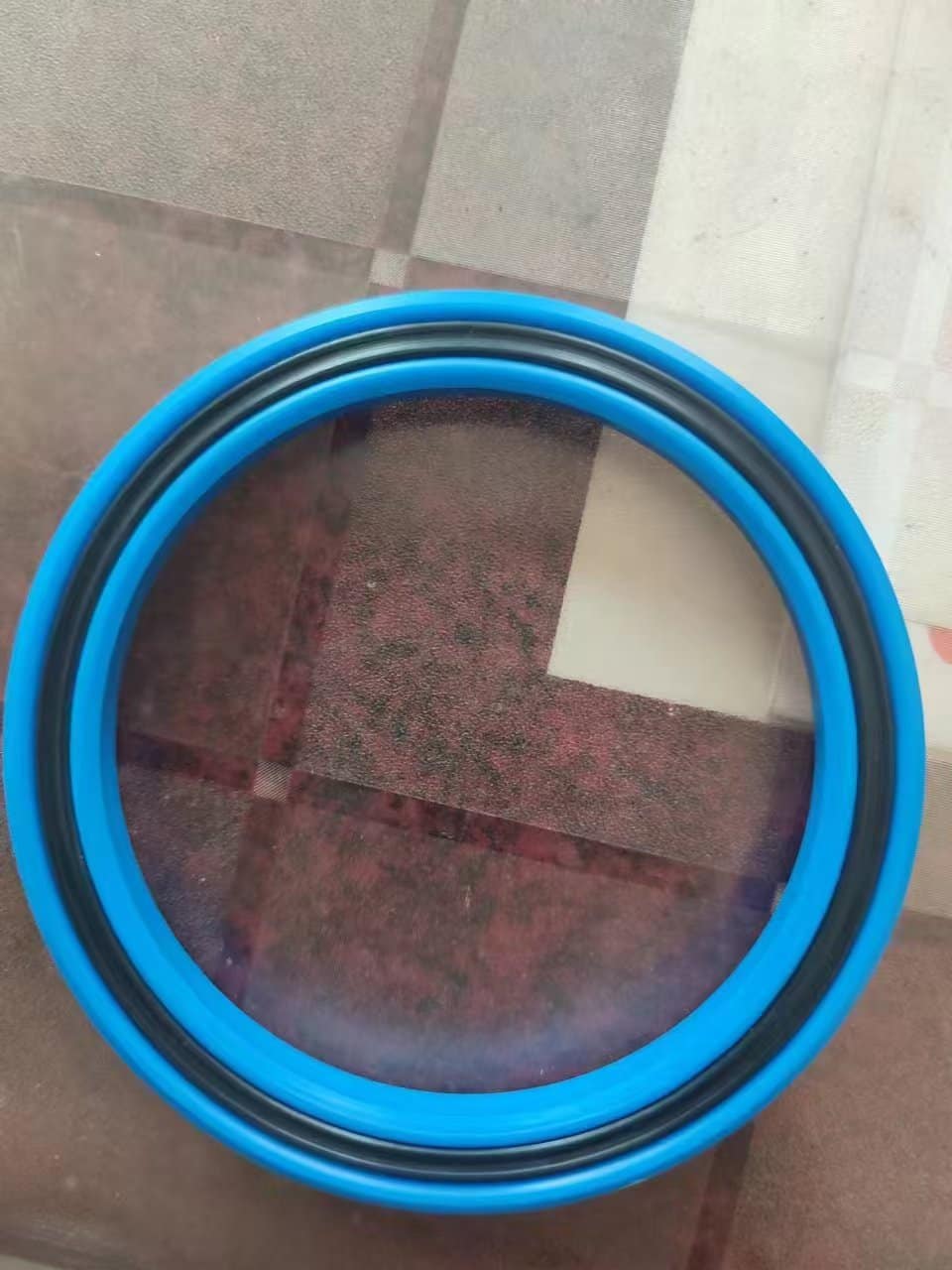
5-step installation guide for hydraulic MPS seals
- Clean the groove: Remove scale, oil residue, and burrs
- Chamfer bore edges: Prevent lip shear during insertion
- Use insertion tools: Especially for deep or narrow cylinders
- Lubricate: Use compatible grease or hydraulic oil
- Preload energizer: Stretch 5–10% for optimal fit
In a cylinder overhaul I performed, simply correcting the energizer overlap in an MPS seal installation boosted seal retention by over 50% under cyclic 280 bar load.
Why are MPS piston seals better than U-cup or IDU/ODU seals for hydraulics?
U-cups are common but often fail under reverse pressure or low-speed conditions. MPS seals are designed for bidirectional flow and stability.
Compared to IDU/ODU seals, MPS seals are easier to install and better for short- or medium-stroke systems.
Seal type comparison for hydraulic cylinders
| Feature/Seal Type | MPS Piston Seal | U-Cup | IDU/ODU-Dichtungen |
|---|---|---|---|
| Druckbeständigkeit | Up to 345 bar | Up to 250 bar | Up to 300 bar |
| Bi-directional Sealing | Ja | No (usually) | Ja |
| Stroke Range | Short to medium | Medium to long | Long |
| Install Complexity | Niedrig | Mäßig | Hoch |
| Energizer Included | Ja | NEIN | Yes (in some cases) |
Clients with compact hydraulic units—like truck-mounted stabilizers—saw better heat dissipation and less noise after replacing IDU seals with MPS-style options.
Abschluss
The MPS piston seal for hydraulic systems offers long-lasting performance, excellent sealing, and fewer maintenance disruptions. It’s a 2025-ready upgrade for any industrial or mobile application.
Get the right piston seal solution for your hydraulic system
Don’t risk leaks or downtime—get the right piston seal from Hengoseal.
👉 View our MPS piston seal specs
📧 [email protected]
📲 WhatsApp: +86 17622979498
Related topic
Hydraulic Seals for Industrial Applications
Hydraulic Seal Kit by Size | Standard & Custom Cylinder Seal Kits
UN-Hydraulikdichtung | OEM-Stangendichtung für Hydraulikzylinder

